FOCUS QUESTION
Why is it important to care for the environment?
SPECIFIC OBJECTIVES: By the end of the lesson, students should be able to:
1. Formulate a definition of environment.
2. Justify the importance of conserving the natural environment.
3. Recognize the need for and importance of conserving living things and the environment to sustain the balance in the ecosystem.
4.. Show concern for the impact of humans on the environment.
CONTENT SUMMARY
The environment
is all the physical surroundings on the Earth, including all living and
non-living things, and which affects life on earth. Deserts, forests, wetlands,
grasslands, marine, freshwater and tundra are examples of environments which
differ in vegetation, animal life, soil
and terrain and climate. The natural
environment encompasses all living and non-living things occurring naturally on
Earth. It is the environment that encompasses the interaction of all living
species. All types of environment are either on land i.e. terrestrial (Desert, Grassland, Forest) or in water, i.e. aquatic (marine, brackish, freshwater).
ENGAGE
Students I want you to examine the pictures below. What are they all depicting?
Are they all the same?
What are their special features?
Well of course they are all representing the different types of environment.
EXPLORE
Now students can we all try to find a definition for "ENVIRONMENT"
Can you think of any other type of environments other than those represented above?
Do you think all organisms can live in all the environments we have identified?
Provide some reasons for your answers.
Ok let's watch the video clips below to glean more information on the different types of environments.
Video clip # 2
So what makes an environment suitable for an organism?
Have you ever heard of the term ADAPTATION?
How are organisms suited to their environment?
Let us listen to this clip below.
Video clip: How organisms adapt to their environment.
Do you think humans can make an environment unfit for organisms to live in?
Explain your answer.
EXPLAIN
Now students I want you to tell me:
What is an environment?
What are the different types of environment?
What are some of the conditions that make an environment suitable for organisms.
How do humans impact the environment?
EXTEND/ELABORATE
Now let's look at the picture below and let's have a discussion.
What is happening here? What problems can be created?
How will it affect the marine lives?
Explain how some other environments are destroyed or made unfit to inhabit.
Read to find out how organisms adapt to their environment.
Watch this video to show how humans impact the environment.
EVALUATION
1. Define the term environment.
2.Tell what the different environments are for selected animals/organisms.
3.Write at least one paragraph about what makes an environment suitable for an organism.
4. List at least 4 ways in which humans can disturb a habitat.
5. Write at least a paragraph to show how these practices will make the environment unsuited for the organisms.
3. 6. Read the excerpt below then answer the question that follows.
|
Few years ago, my habitat was so clean. There was no oil spill, no plastic bottles or plastic bags. Today I am saddened by the number of garbage that is disturbing my home. I am finding it so hard to breathe. Sometimes some of my friends die from eating some of the waste that enter my home. I am experiencing too much heat here, especially with all this grease or oil! |
7. Find a suitable media to present information on how the environment is being impacted negatively by human activities.
8. Examine the picture below and explain what will happen next.
9. What are some things/practices human can do to preserve the environment and the habitats of organisms?
10. Read each statement. Indicate the type of adaptation that each organism has.
|
STATEMENTS |
STRUCTURAL |
BEHAVIOURAL |
|
The brown fur of an Arctic rabbit turns white during winter |
|
|
|
Many desert animals are active at nights when it is cooler. |
|
|
|
Penguins huddle close together and keep moving to stay warm. |
|
|
|
In tropical rainforests, climbing plants grow on others to reach
sunlight. |
|
|
|
Birds have hollow bones that make them light and feathers to help
them fly. |
|
|
|
A lady wears a large sun hat and dark glasses while on a sunny beach. |
|
|
Follow up Practice Exercises
Grade Level: 6
Subject: Science
Topic: The Environment
Focus Question: Why is it important to care for the environment?
Time: 1 hour
Teaching Model: 5E (Engage, Explore, Explain, Elaborate, Evaluate)
Lesson Objectives
By the end of the lesson, students should be able to:
-
Formulate a definition of environment.
-
Justify the importance of conserving the natural environment.
-
Recognize the need for and importance of conserving living things and the environment to sustain the balance in the ecosystem.
-
Show concern for the impact of humans on the environment.
Materials/Resources
-
Multimedia projector or laptop
-
Video clip: “What is the Environment?”
-
Chart paper and markers
-
STEM Activity materials: recycled plastic bottles, soil, seeds, water
-
Printed exit tickets (3-tiered evaluation)
-
Vocabulary cards (for struggling readers)
-
Environment photos (pollution, clean beaches, forests, endangered animals)
5E Lesson Sequence
1. Engage (10 mins)
Activity: Think-Pair-Share + Video Clip
-
Show short video (2–3 mins): “What is the Environment?”
-
Ask students:
“What comes to your mind when you hear the word environment?”
“Have you ever seen a place that was damaged by human activity?” -
Let students think-pair-share, then invite responses.
✅ Differentiation: Provide visuals or key vocabulary (environment, pollution, conservation) for students who need support.
2. Explore (15 mins)
Activity: STEM Mini-Garden (Recycled Bottle Planter)
-
Students will use recycled bottles, soil, and seeds to build a mini planter.
-
In small groups, students will:
-
Construct the planter using bottles
-
Discuss how reusing materials helps reduce waste
-
Identify how plants help clean the environment
-
✅ STEM Integration: Combines engineering (building with recycled materials), science (plant growth), and math (measuring soil and water).
✅ Differentiation:
-
Assign roles (builder, measurer, recorder, speaker)
-
Provide step-by-step visuals for students who need extra support
3. Explain (10 mins)
Activity: Concept Mapping & Teacher-Led Discussion
-
Create a class concept map of the term environment:
-
Include living things, non-living things, natural resources, and human activities
-
-
Discuss:
-
What is the environment?
-
Why should we conserve it?
-
How do human actions affect it?
-
✅ Differentiation: Students can contribute ideas verbally, write on sticky notes, or draw if needed.
4. Elaborate (15 mins)
Activity: Gallery Walk – “Humans & the Environment”
-
Place pictures around the room showing:
-
Pollution
-
Deforestation
-
Clean energy
-
Wildlife habitats
-
-
Students rotate in pairs to observe and discuss:
-
“What is happening in this picture?”
-
“Is this good or bad for the environment?”
-
“What could be done differently?”
-
-
As a class, list actions that show concern for the environment (e.g., recycling, planting trees, saving water).
✅ Extension for fast finishers: Have them design a poster encouraging care for the environment.
5. Evaluate (10 mins)
Activity: Three-Tier Exit Ticket (Differentiated)
| Level | Task | Evaluation Focus |
|---|---|---|
| Tier 1 (Support) | Match vocabulary (e.g., pollution, conservation) with pictures and write 1 sentence explaining one. | Recognize and define environment-related terms. |
| Tier 2 (On Level) | Answer 3 short questions: 1. What is the environment? 2. Why should we conserve it? 3. How do humans harm it? | Justify conservation and show concern. |
| Tier 3 (Extension) | Write a paragraph explaining how human activities can both harm and help the environment. Include ways you personally can help. | Analyze impact and demonstrate personal responsibility. |
Assessment & Feedback
-
Use checklist to assess participation in discussion, STEM activity, and gallery walk.
-
Review exit tickets to assess understanding and adjust future lessons accordingly.
Follow-Up Activities
-
Start a classroom garden or recycling project.
-
Invite a local environmental worker to speak.
-
Have students research local environmental issues and present solutions.
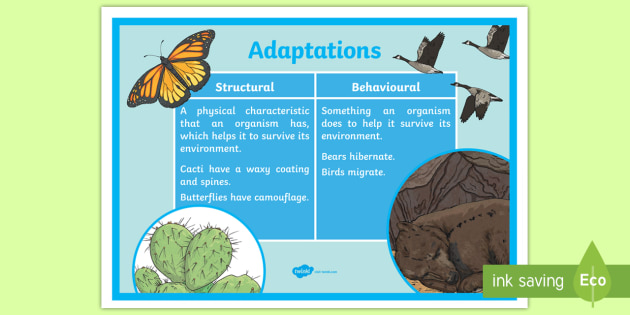

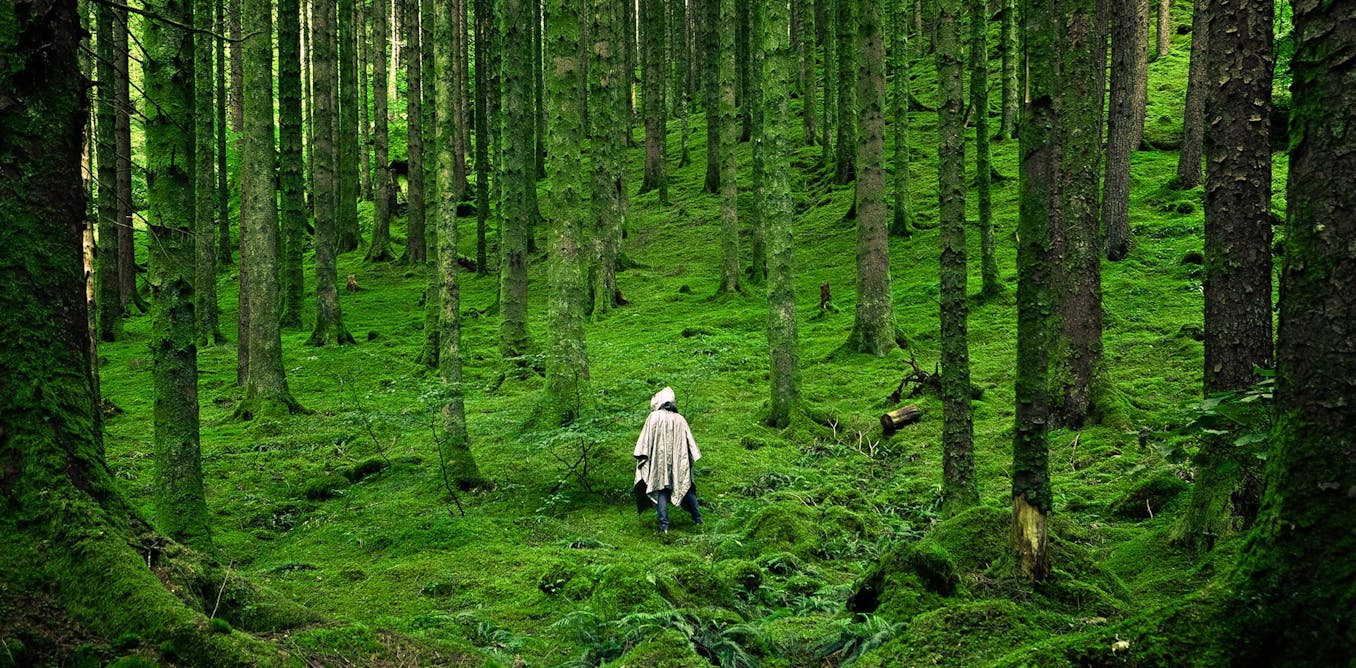
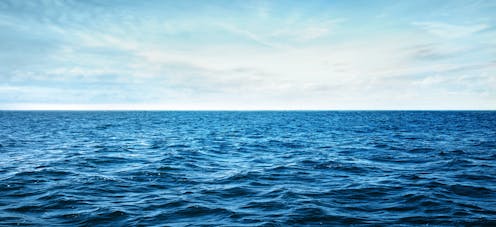

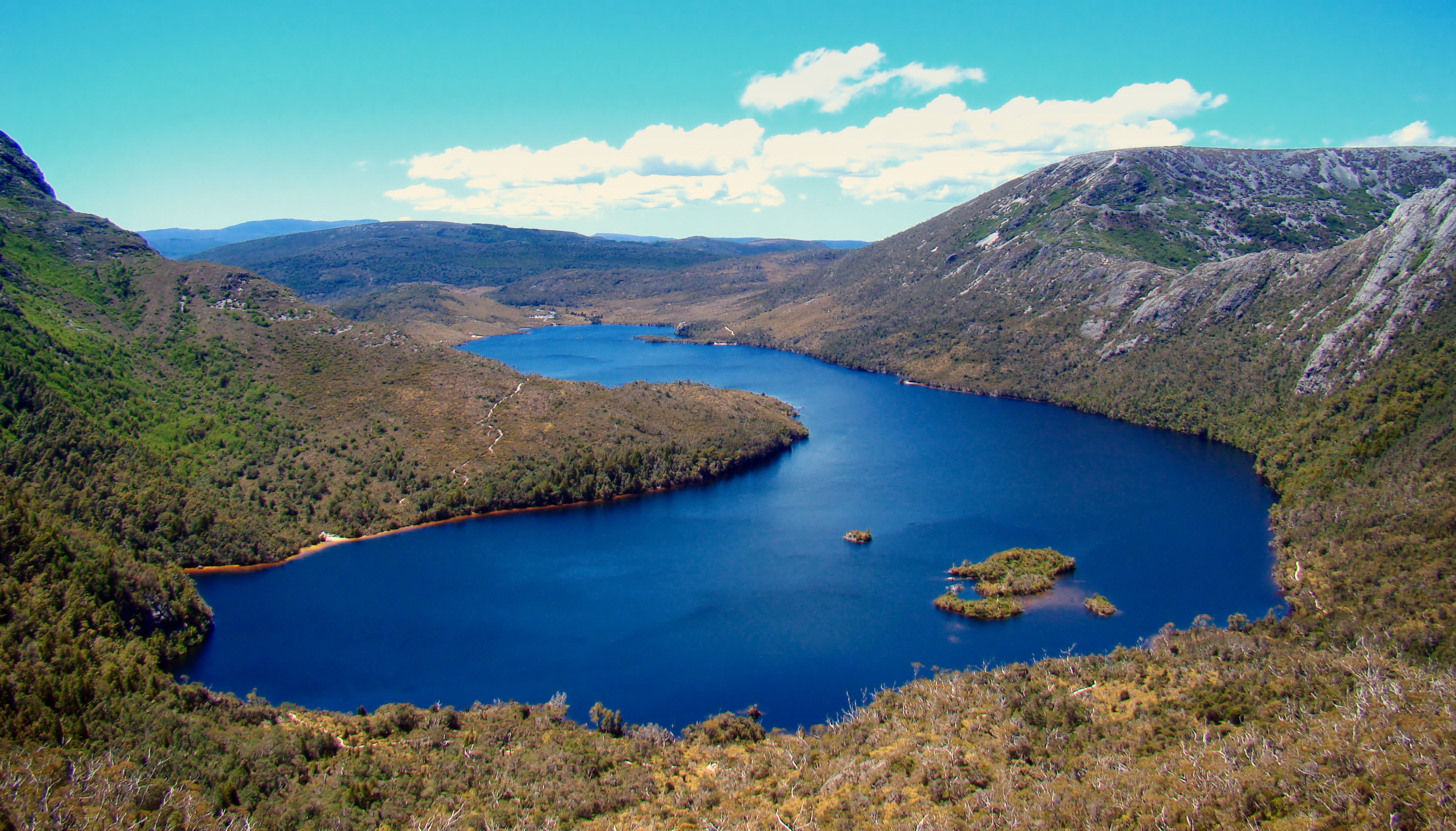
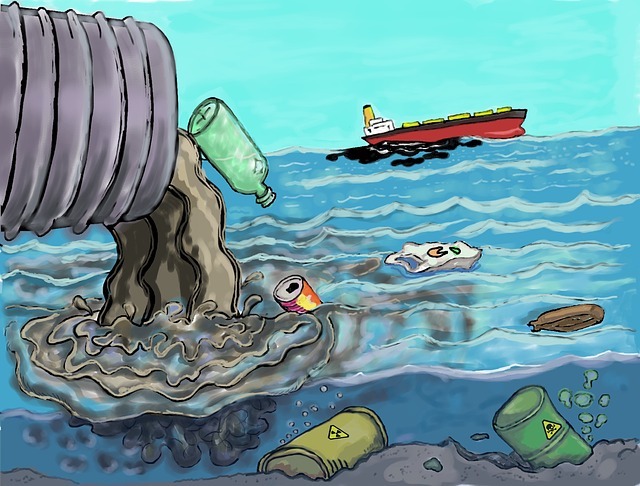
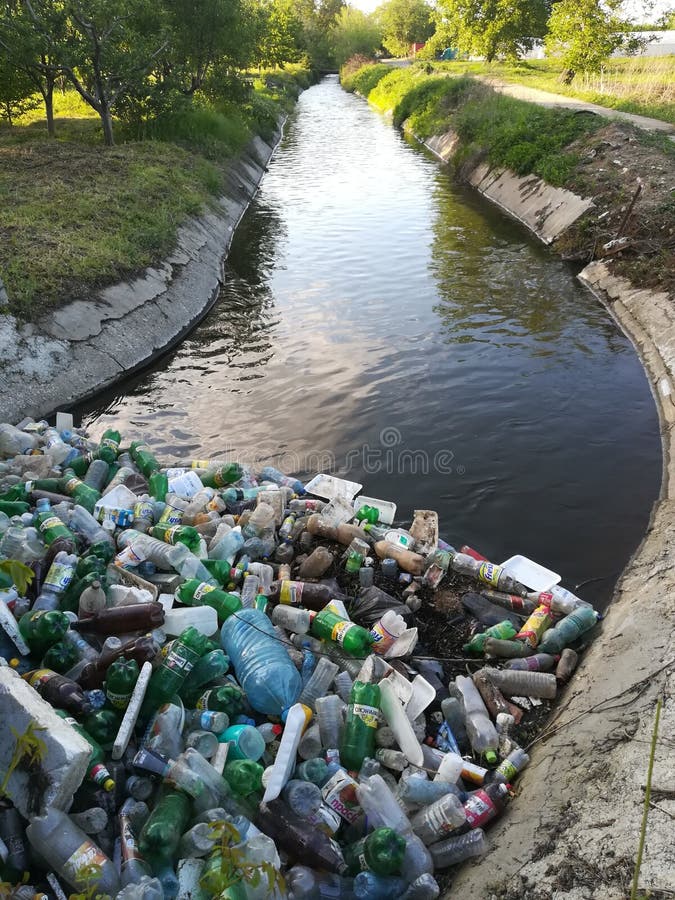
No comments:
Post a Comment